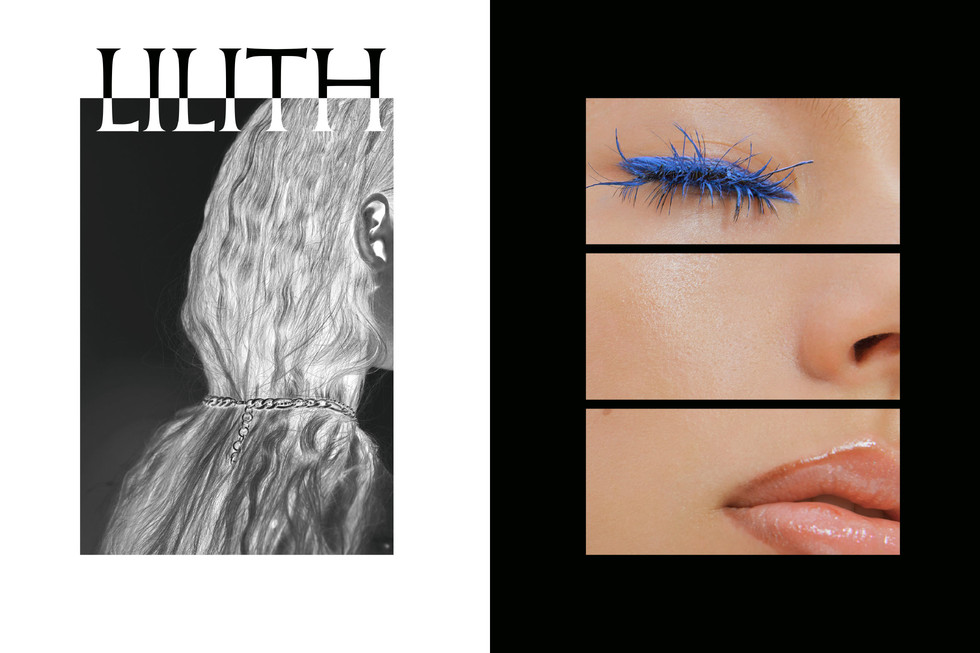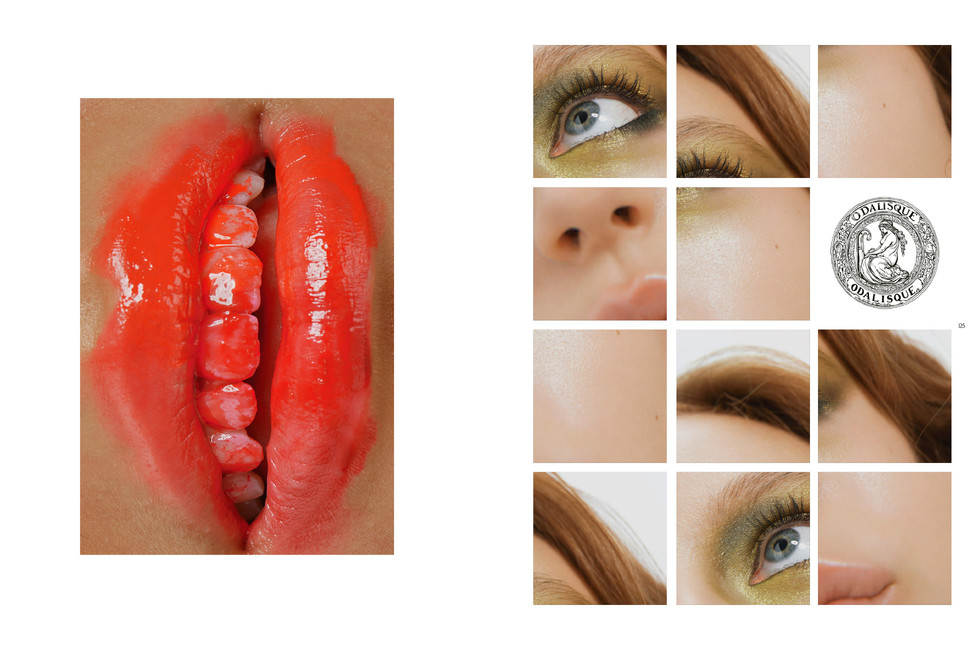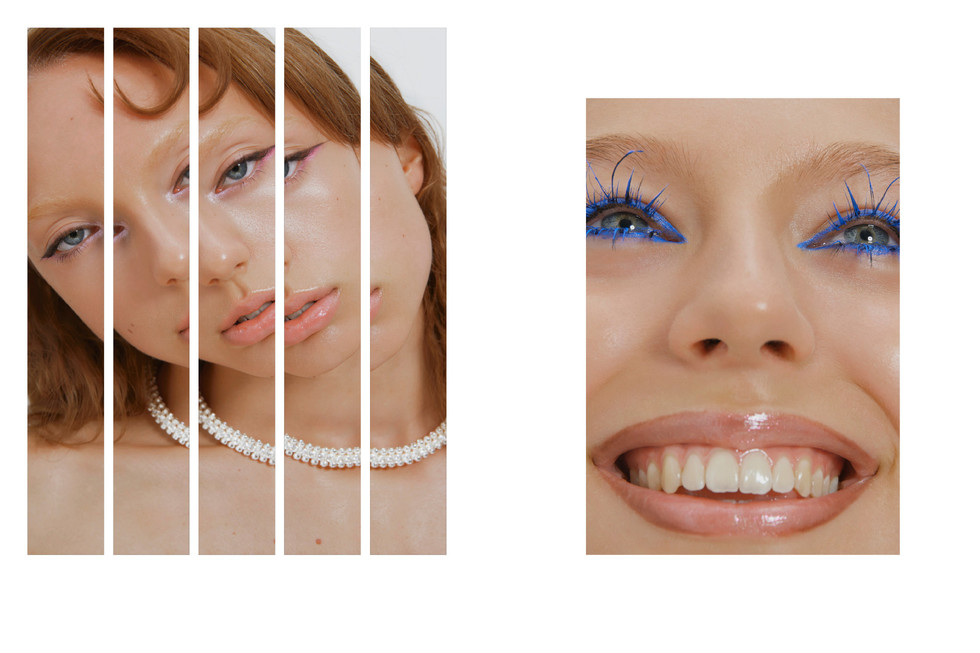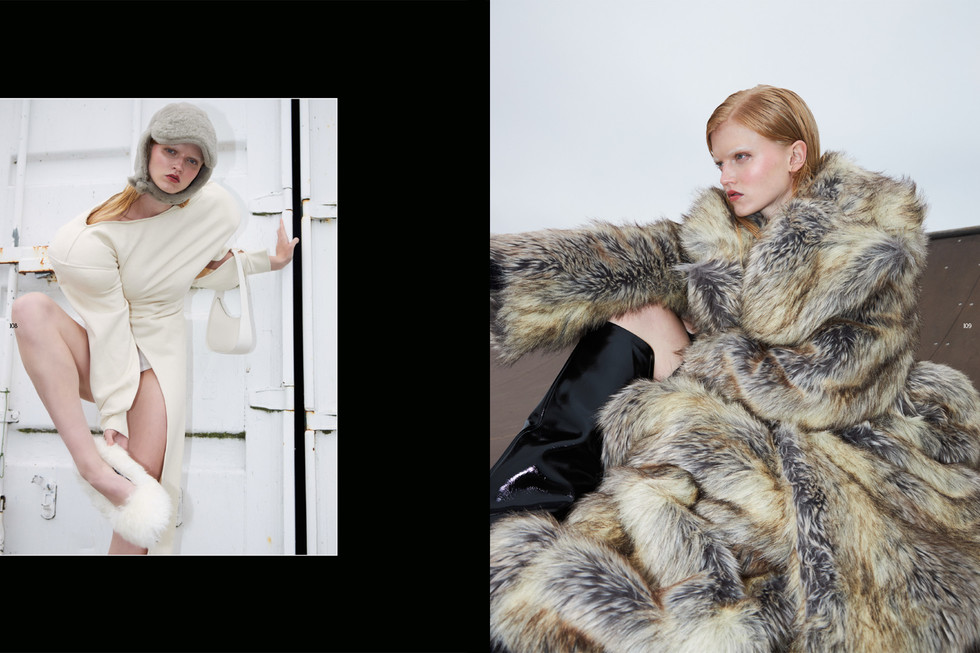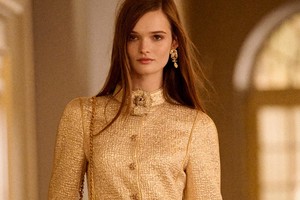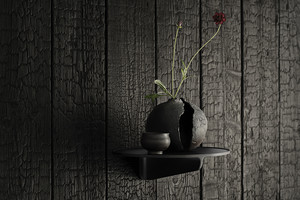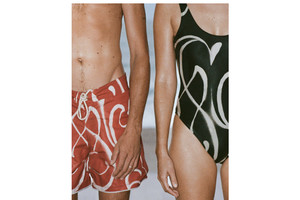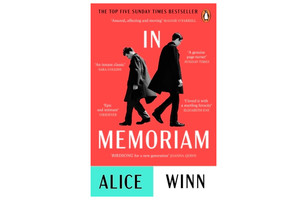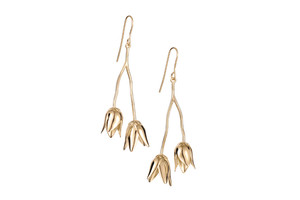
| dress Dolce & Gabbana shoes Malene Birger earrings Stylist studio |
| top Issey Miyake chain dress Weekday skirt H&M Studio fringe necklace Stylist Studio |
photography Nina Holma |
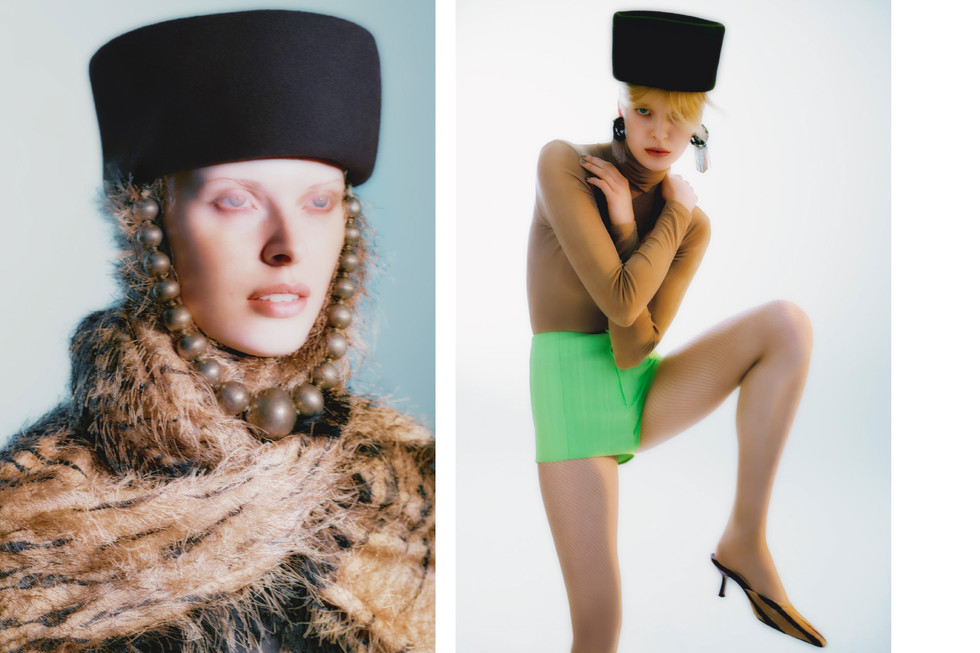
| hat Stylist Studio necklace Stylist Studio scarf Stylist studio |
| hat Stylist Studio body Escada hotpants Jacquemus shoes Etro earrings Custom from second hand jewellery |
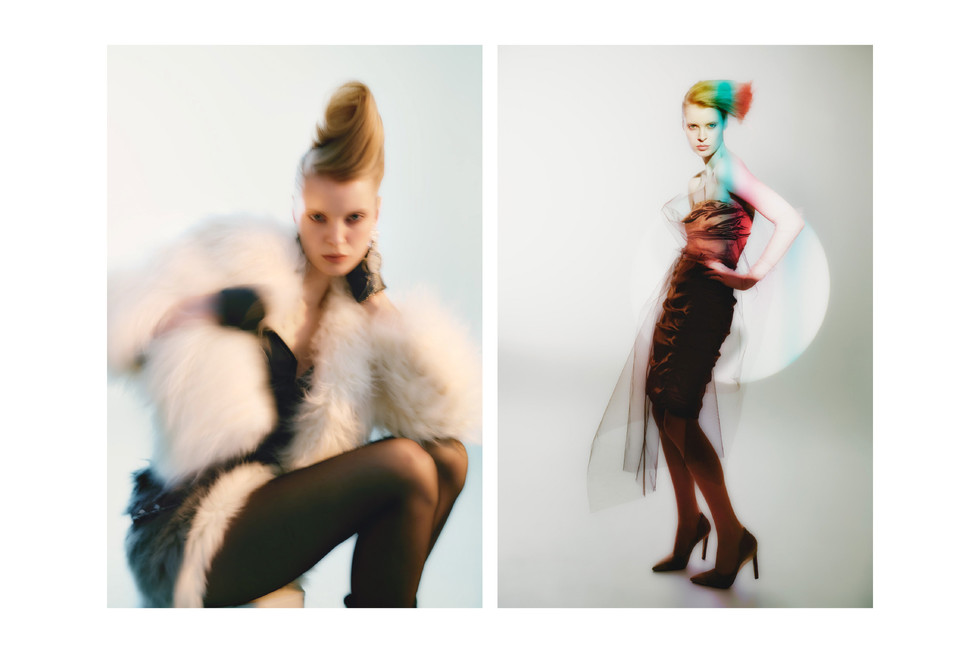
| fur jacket Stand Studio leather top Zara skirt Sellpy belt Dolce & Gabbana gloves Sellpy earrings Stylist studio |
| dress Dolce & Gabbana shoes Tiger of Sweden mesh gloves Zara fabric Stylist studio |
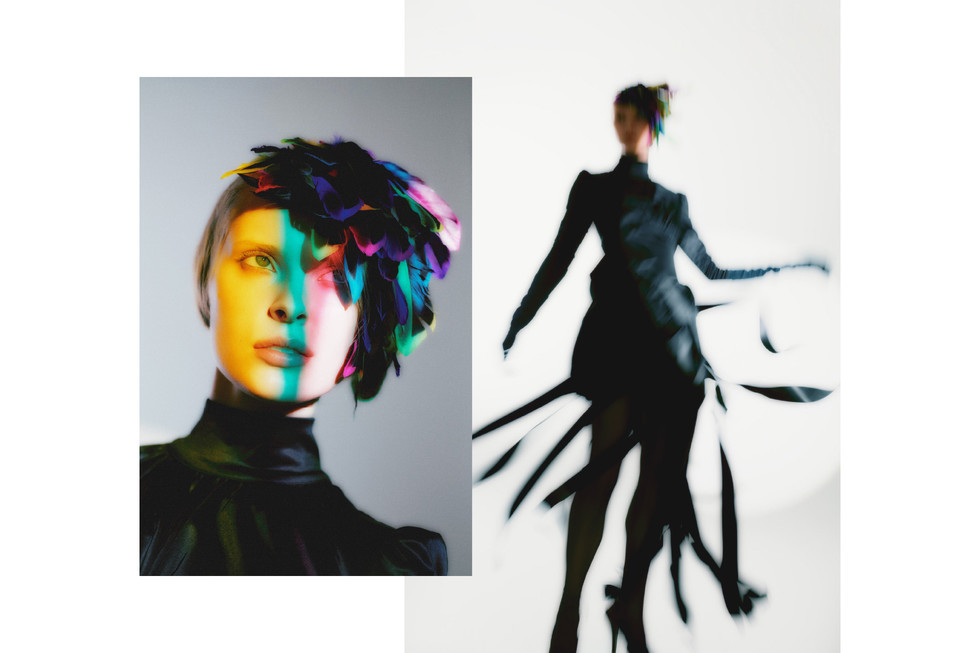
| dress Rabanne x H&M |
| dress Rabanne x H&M gloves Sellpy shoes Yves Saint Laurent |

| suit jacket Versace dress Rabanne x H&M belt Custom from second hand belt & ribbons earrings Custom from second hand jewellery |
top Stylist studio |
| photography Nina Holma fashion Asa Maria Camnert makeup Linda Sundqvist hair Tony Lundström model Tova P / MIKAs post production Linejpunkt |

